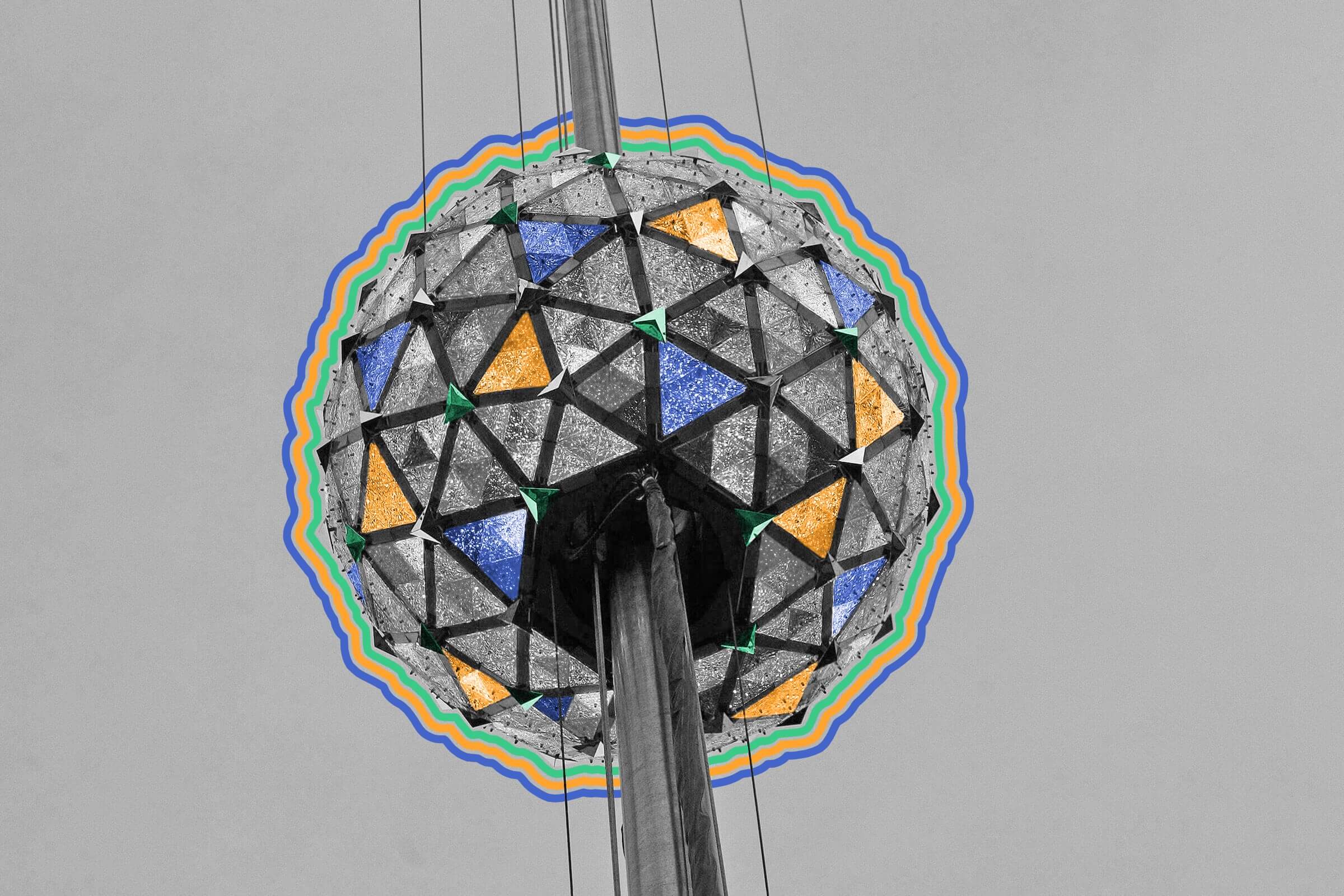
The first ball drops were designed for ship captains, not New Year’s Eve.
Whether at home on the couch or among the crowds in Times Square, watching the New Year’s Eve ball drop symbolizes a fresh start. But as the ball descends to mark another year gone by, it also harkens back to an era when knowing the exact time was much more difficult. Before the 20th century, timekeeping was significantly less precise; most people noted the time thanks to church bells that rang on the hour, though the system was often inaccurate. For sailors and ship captains, knowing the exact time was key for charting navigational courses, and they used a device called a chronometer to keep track of time onboard ships. That’s why Robert Wauchope, a captain in the British Navy, created the time ball in 1829. The raised balls were visible to ships along the British coastline, and they were manually dropped at the same time each day, allowing ships to set their chronometers to the time at their port of departure. At sea, navigators would calculate longitude based on local time, which they could determine from the angle of the sun, and the time on their chronometer.
Time balls emerged as a timekeeping feature throughout the world, though evidence of them is hard to find today. The U.S. Naval Observatory in Washington, D.C., installed one in 1845, which would later help history record the precise time of Lincoln’s assassination; it dropped daily through 1936. But the time ball’s reign was short-lived. The devices fell out of fashion by the 1880s, thanks to the availability of self-winding clocks. The concept would eventually be co-opted by The New York Times in 1907, when the newspaper’s formerly explosive New Year’s Eve celebrations were barred from using fireworks. Organizers took a chance by looking back at the time ball’s influence, and decided a lighted midnight drop was the perfect way to honor the occasion.
Dropping a deluge of confetti into Times Square on New Year’s Eve is no small feat; preparations for the confetti avalanche take about a year, beginning while the previous holiday’s tissue paper is still being swept up. A large part of organizing the confetti shower is recruiting crews to release the 3,000 pounds that descend on Times Square, since there are no cannons involved — instead, every piece is hand-tossed. Workers are trained in the proper way to fluff and throw the biodegradable paper scraps for maximum impact, which is timed to begin 20 seconds before midnight so that the confetti descends into the crowds below right on cue.

